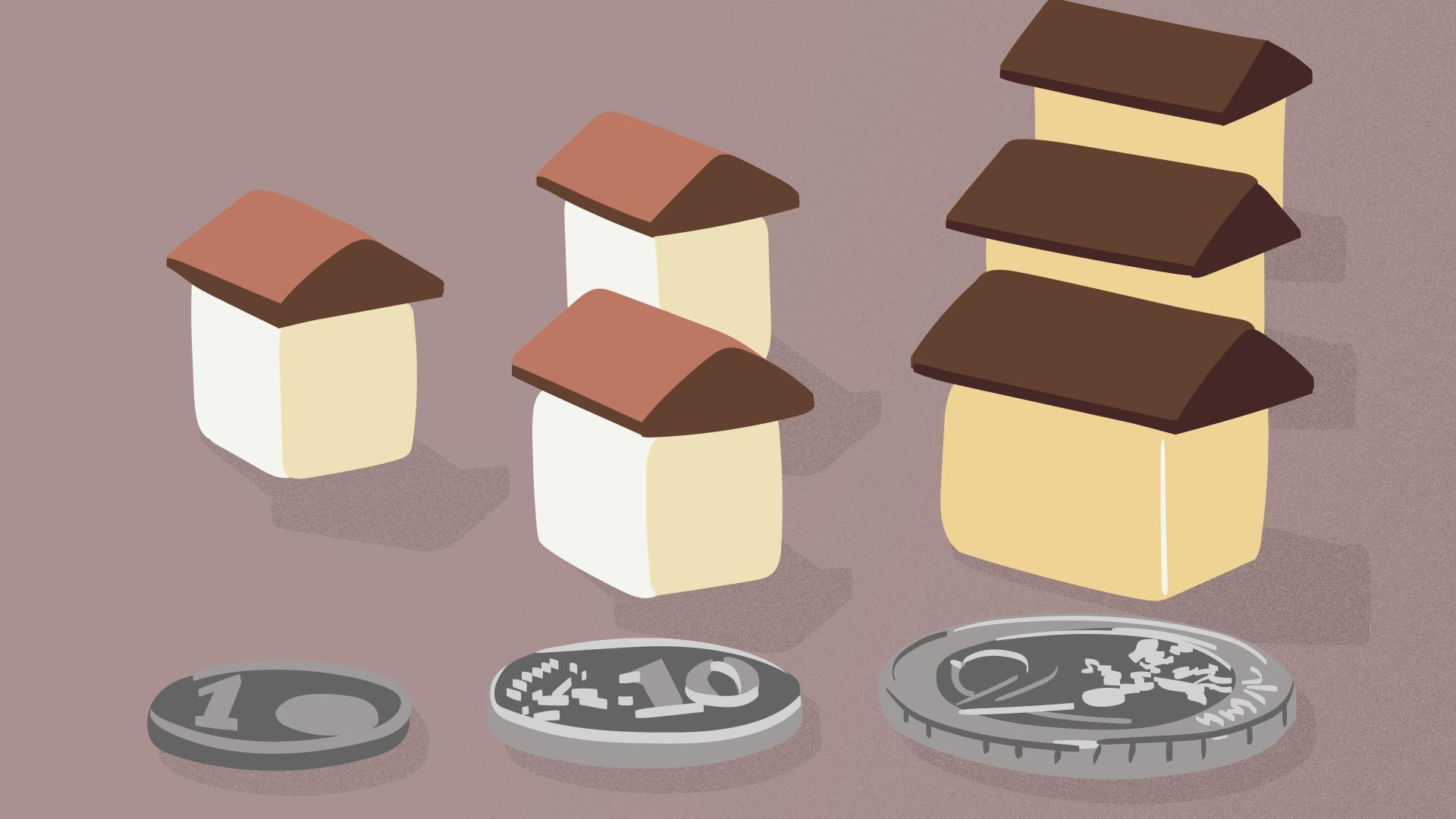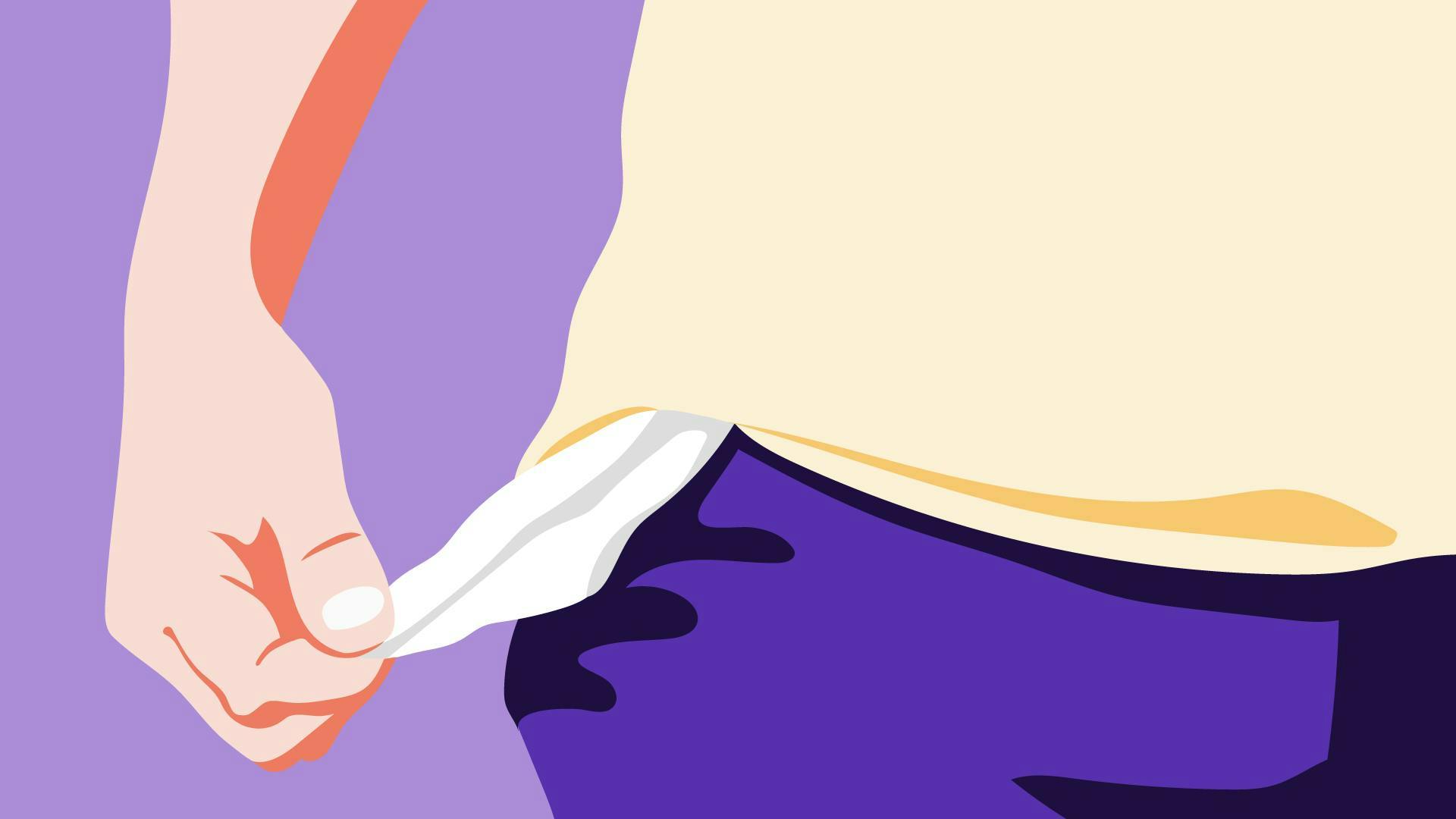Credit vs Overdraft? What is best for freelancers in need?
Last updated on Apr 28, 2025
Kate Bailey
Freelance Editor
Oct 14, 2020
As Corona tightens its grip around the economies of Europe and the world, there’s not surprises that of course it is impacting freelancers and the self-employed in very real and unplanned ways. Many may turn to credit or to banks in the event they need to keep things floating while the pandemic comes to an end. While not preferable, for some, it is unavoidable - so what is better - full credit or overdraft? Recently, Kontist was able to announce the exciting launch of their overdraft facility, so you may think we will come in biased here but that’s simply not the case. Thankfully, banking is a numbers game so we are going to analyse what is credit, what is overdraft and what is best.
Firstly, what is credit?
Credit (derived from Latin "believe, trust" and Latin creditum "that in good faith entrusted") is generally understood as the transfer of ownership of cash ( banknotes, coins ), money or reasonable things from Lender for the purpose of temporary use by the borrower who signifies a future Repayment and often a consideration in the form of interest.
In short, a loan is usually understood as the lending of money from a lender to a borrower on certain terms. Companies or individuals lend each other money through a loan . The money will be paid back at a later point in time - usually at predetermined conditions. There are usually two parties in a credit relationship. The creditor is the one who lends the money. It is often a bank. The debtor is the counterparty, i.e. the one who borrows money. It can be a private person (for example in the case of consumer loans), a company or a bank.
Loans can be divided into different credit cards. Some different types of loans or credit also include a bank loan, supplier credit, employer loan, personal loan, government loan and general credit. Furthermore, credit types can also be differentiated according to duration, scope, type of collateral, status, amount and use.
Interest: The cost of a loan, the cost of credit
The creditor does not lend their money for free. If it is a profit-oriented company it will demand interest from the debtor, the amount of which depends, among other things, on the term and creditworthiness of the debtor. As an alternative to interest payments, the loan can also be settled differently. For example, electronics retailers can consider whether to give their customers an interest-free loan or a discount. The discount not granted in this case is the price of the loan. A bank often incurs processing fees in addition to interest.
Creditworthiness and Loan Security
The level of interest rates can vary considerably depending on who is borrowing the money and how they are securing the loan. For checking the creditworthiness of private individuals, the SCHUFA exists in Germany, which collects a lot of information about bank accounts, outstanding loans and payment defaults. Based on this information, it creates a "score" that reflects the creditworthiness from the Schufa point of view. Expats, you should be mindful of SCHUFA - it ain’t pretty and it is not like at home - just two late paid bills can ruin your SCHUFA.
Securing a loan with assets
The interest burden can be reduced if the borrower provides security that the creditor can access in the event of the debtor's insolvency. For example, if a civil servant with a regular income borrows money and secures the loan with a mortgage on his house, the interest rate will be very low. In this case, the lender can assume with a high degree of certainty that he will get the money back.
The opposite example is a person without a regular income who has already failed to repay loans on time in the past. With this, a bank will think twice about granting a loan and, if at all, it will pay for the default risk with a high interest rate.

OK, so what is overdraft as a service?
An overdraft facility, also called overdraft facility or simply overdraft facility, is a line form of credit that a bank grants its customers. The amount of this credit line is based on the payments regularly received on the checking account, in particular on the salary. The bank decides for itself whether and in what amount the bank will grant such a loan; the customer is not entitled to this.
Due to the not insignificant interest rates, however, this should only be used to cover short-term liquidity requirements. If you need a larger amount of money that you cannot repay in the short term, this should not be done by using the overdraft facility. An installment loan is more suitable here.
An overdraft is a line of credit that goes beyond an existing overdraft facility. In contrast to the overdraft facility, the overdraft facility is neither expressly granted by the bank, nor is a prior agreement made between the bank and the customer. In the case of overdrafts, the bank only “tolerates” the account overdraft.
Bank-internal limits are usually set up to which such overdrafts can be tolerated. The customer is not entitled to the bank tolerating an overdraft of the account beyond the agreed credit limit or overdraft facility; this is at the sole discretion of the bank. The interest due for such overdrafts is usually higher than for the overdraft facility. Juuuuusssstttt something to keep in mind, dear readers.
There are three key advantages and these are really important. For a private person it may not make sense at all to have an overdraft instead of a loan, but for a self-employed person or freelancer in a situation like Corona or in a situation where clients do not pay on time (so, every single day and every single week of being a freelancer…) it can be really helpful if you use it effectively.
1) Once set up, it can be used at any time
2) Can be used flexibly and quickly compensated for
3) Repayment at any time and without additional costs
That third point is particularly meaningful to freelancers and self employed folk in and out of fixes. You can settle your overdraft facility completely and free of charge at any time and are not bound to any notice period. The situation is similar with consumer loans such as installment loans for furniture . You can settle this at any time with one month's notice. However, you may have to pay a so-called early repayment penalty to the bank. This is a kind of compensation for the interest that the bank misses due to your early termination. The amount of the compensation is limited to a maximum of one percent of the remaining debt. Debt rescheduling is still worthwhile in most cases, despite possible compensation, due to the interest savings.

There are some more advantages in the general sense about Overdraft:
- Lower interest rates
- guaranteed interest rate
- fixed rate over the entire term
- Plannability through regular repayments
- higher loan amounts possible
- individual adaptation of the contract
As you can see, there are some key differences but also a lot of similarities with regular credit. So, when is it good to Overdraft and When is it good to credit? Here’s some examples:
Washing Machine
A washing machine is a must, especially in households with small children. But the financial situation is often tense during parental leave. Financing a washing machine (with dryer) then becomes difficult. Despite the not overly high costs, the current account would have to be charged. High overdraft interest accrued over a longer period of time. Better: take a cheap installment loan. Keep in mind that after parental leave you will be able to earn full earnings again.
New Equipment
You need to expend some money on equipment you need to perform work for a new client - but the previous client still has not paid. You need the equipment to do your work for the new client because they are a big and important one. You have some in your savings but if you spend it all you are no longer prepared for a rainy day.
You’ve issues a Mahnung and could expect payment soon, be force or by compliance so you have some security there. The company that owes you has money, just lazy workers and bad communication. The point is you’re safe. So it in essence is a short term and temporary need. The overdraft facility should provide the difference to the savings.
You likely do not want to take out a 5 year loan for a temporary problem caused by cashflow. This is also true as ever during the Corona crisis. If you’re in this position, Kontist have put together a fair and simple overdraft facility that makes other banks look like mafia sharks - some of the highlights:
- Individual credit line between 500 € and 3,000 €
- Bye bye paperwork: Apply for your overdraft right in your Kontist app and get feedback within a few minutes.
- Fair interest rate: 11% on the amount you use, due at the end of each quarter. No additional fees.
- Cancel anytime – retain full control and stay just as flexible as you want to.
The team at Kontist further writes:
‘’Most freelancers and the self-employed know: Sometimes you simply have to bridge an income gap for a little while. If you need additional liquidity, a cushion for the next direct debit, or if you just like to know that there is a buffer on your account, Kontist can now offer you an overdraft up to 3,000 €.’’
So we hope we have cleared up what is a huge consideration for freelancers and the self employed right now, and wish you well on your way!
Related articles
Freelancers - What Hourly Rate Should You Charge?
There are a lot of assumptions about Freelancers and self-employed people. Some are true - yes the freedom to make the schedule and ‘’choose’’ your clients is great. However, unlike a standard 9 to 5 job where your role is clear and defined, where the organisation you work for scales your salary and aligns it closely with specific experience and also - provides a pathway to earn more, freelancers are left to structure their income themselves as well. The assumption is - this is great, you can really charge what you are worth! However, clients tend to assume freelancers have a ‘’discounted rate’’ or that their direct rate entitles them to harsh negotiations. Quite simply, this is not the case. For freelancers, in this case, it is very important to know how much you should charge, and why - so you can negotiate your worth. In this article, we are going to take a look at what hourly rate you should be charging.
Kate Bailey
Freelance Editor
